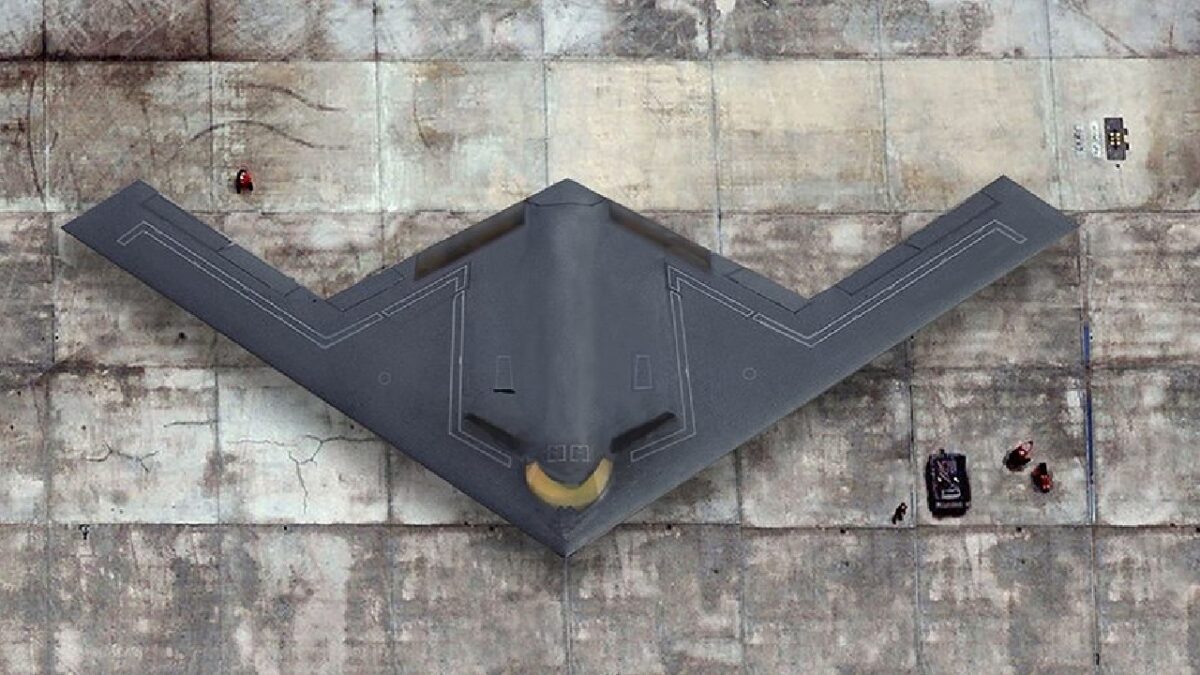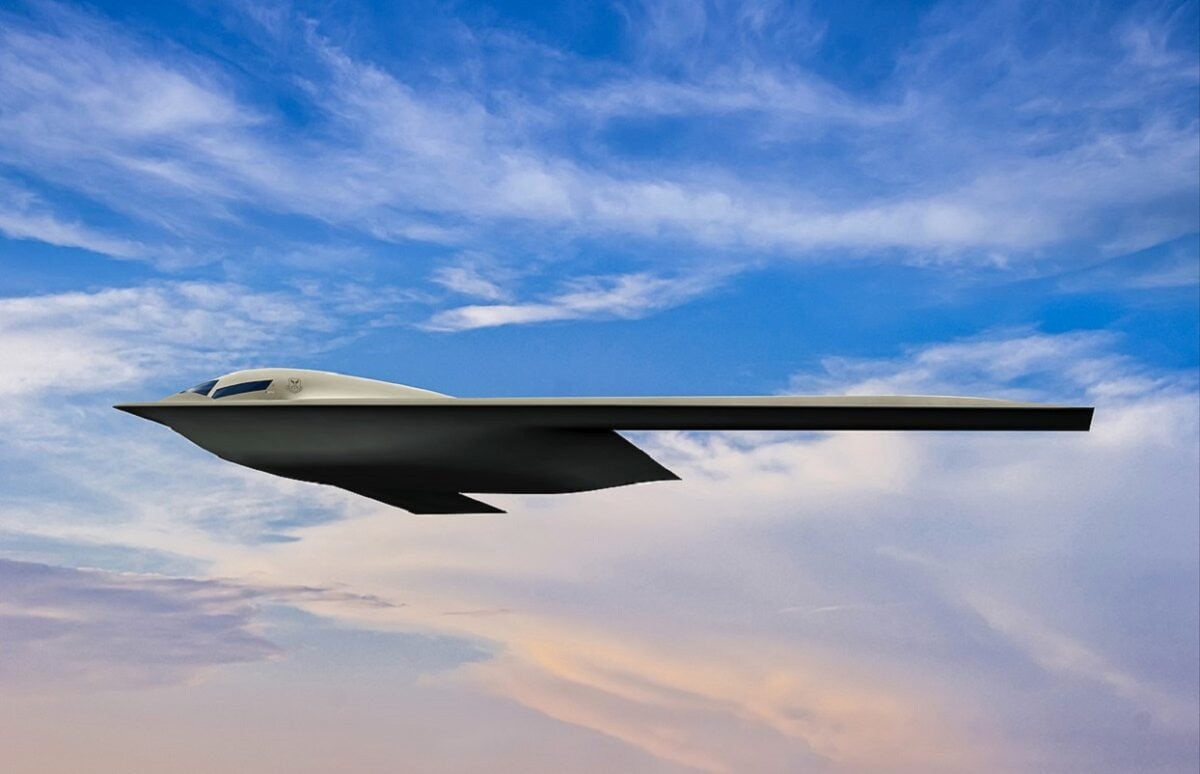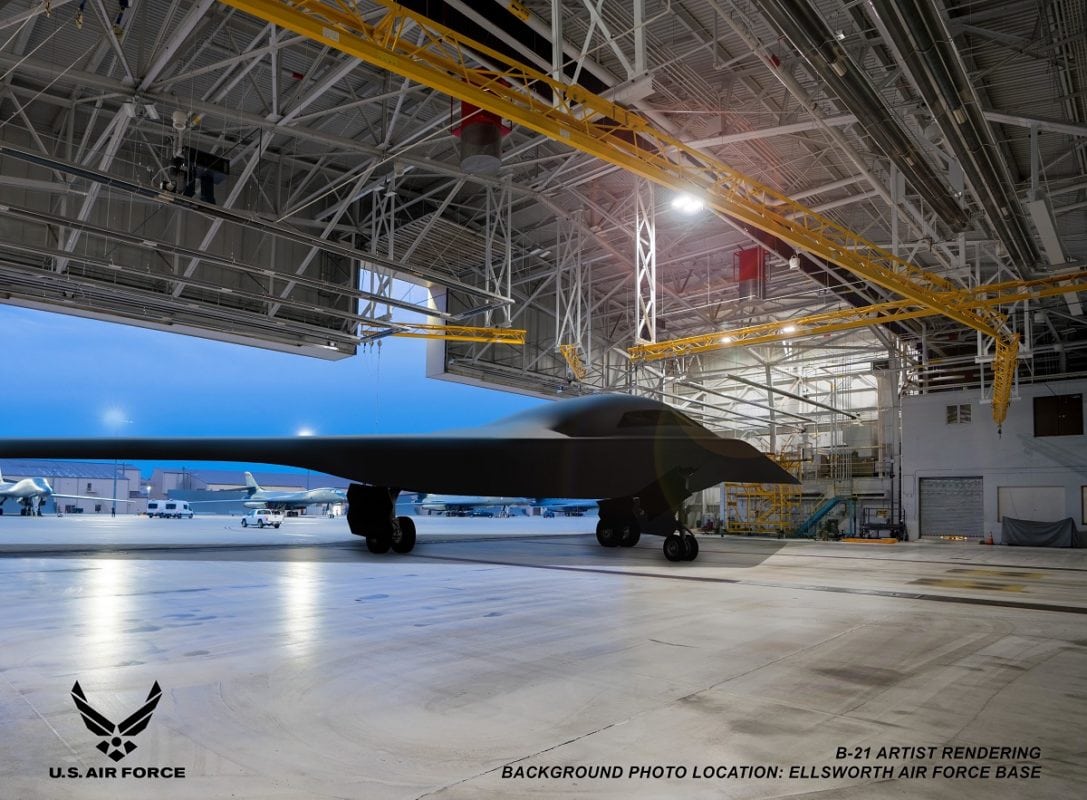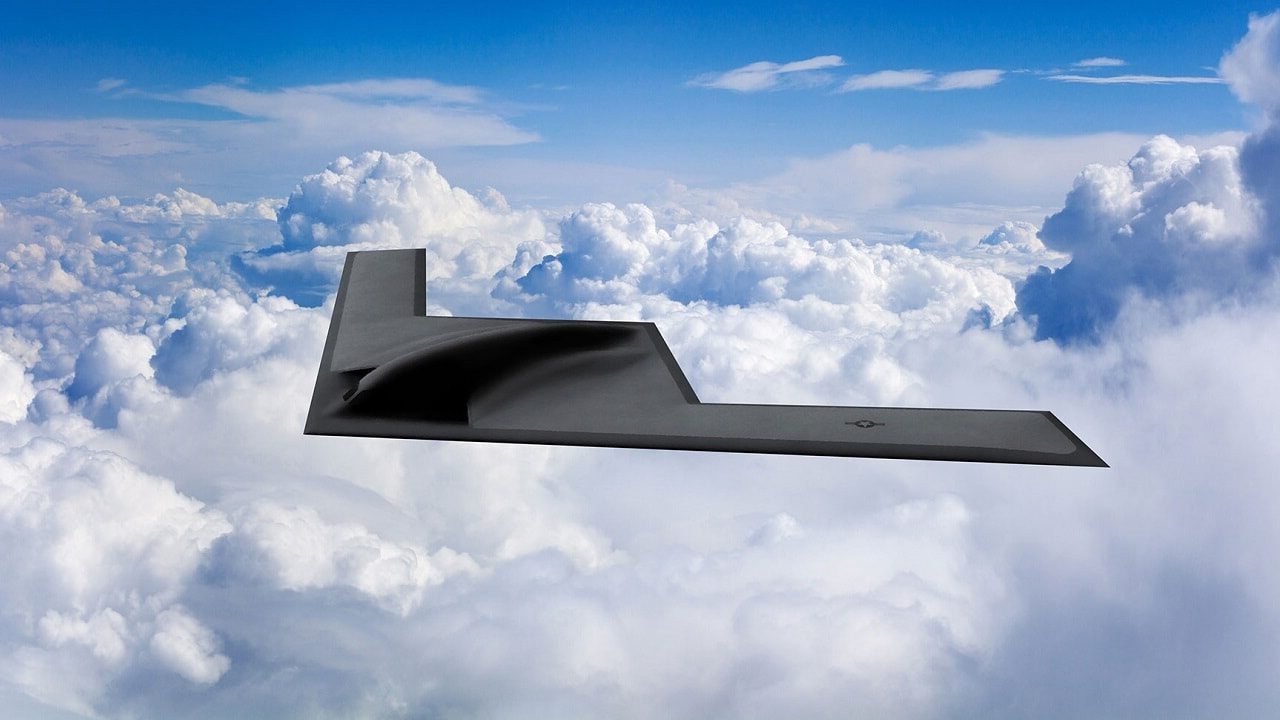Will We Finally See the B-21 Raider This Year?: Currently, five Northrop Grumman B-21 Raiders are under construction, and it is expected that the first of those will be used in the program’s maiden flight. Expected to take place later this year, the B-21 will likely fly from Northrop Grumman’s facilities at Air Force Plant 41 in Palmdale, Calif. to nearby Edwards Air Force Base.
While not a significant distance, it could be seen as the first step that will be followed by a major leap forward for the United States Air Force as it seeks to completely overhaul its long-range bomber fleet over the next decade. The Rapid Capabilities Office (RCO), which manages the B-21 program, had previously stated that flight testing of the B-21 Raider test aircraft No. 1 will begin as soon as it is completed.
The first flight will be preceded by outside engine runs and taxi tests of increasing speed.
When the B-21 finally makes its debut, it will be the first public unveiling of a new Air Force bomber in more than three decades, since Northrop Grumman’s B-2 Spirit bomber was revealed to the public at Air Force Plant 42 in Palmdale, California, in November 1988. The B-2′s first public flight took place the following year, in July 1989, Defense News reported last month.
“We’ll do something special as we bring out the B-21,” suggesting a ceremony or other major event, said Air Force Chief of Staff Gen. CQ Brown last September during Defense One’s online State of Defense conference.
B-21 Raider Taking Shape
The B-21 bomber, which will eventually replace the Air Force’s Rockwell B-1 Lancer and Northrop Grumman B-2 Spirit, and eventually the B-52 bomber, will reportedly have little in common with those Cold War-era aircraft. The B-21 Raider’s designers have been able to take advantage of digital capabilities to improve the design, manufacturing and support.
The Raider will sport more durable low-observable (LO) treatments and coatings than previous U.S. stealth aircraft, yet will not demand the same level of resources. That means the bomber won’t require overly complex maintenance facilities, and as a result, those facilities will be less expensive to build and maintain. Additionally, early use of digital design and modeling/simulation capabilities for B-21 systems and structures were applied to sustainment and maintainability, leading to a sturdier aircraft that’s ready to fly every day.
The U.S. Air Force identified Ellsworth Air Force Base (AFB), South Dakota; Dyess AFB, Texas; and Whiteman AFB, Missouri as potential hosts for the B-21 Raider. Ellsworth AFB was selected as the preferred basing location for the first B-21 main operating base and formal training unit, and Dyess AFB as the alternate. In addition, the Air Force has selected Tinker AFB, Oklahoma, to coordinate maintenance and sustainment of the B-21 Raider, and Edwards AFB, California, to lead testing and evaluation of the aircraft.

B-21 Raider artist rendering. Image Credit: Creative Commons.

Image: Creative Commons.

Earlier artist rendering.
Image: U.S. Air Force
The Air Force has already announced plans to buy at least 100 B-21s, which will begin fielding in the mid-2020s. According to Northrop Grumman, the B-21 Raider will provide the United States with a strategic asset capable of penetrating enemy air defenses and reaching targets anywhere in the world — something approximately 90 percent of the nation’s current bomber fleet is currently incapable of doing.
Peter Suciu is a Michigan-based writer who has contributed to more than four dozen magazines, newspapers and websites. He regularly writes about military small arms, and is the author of several books on military headgear including A Gallery of Military Headdress, which is available on Amazon.com.

